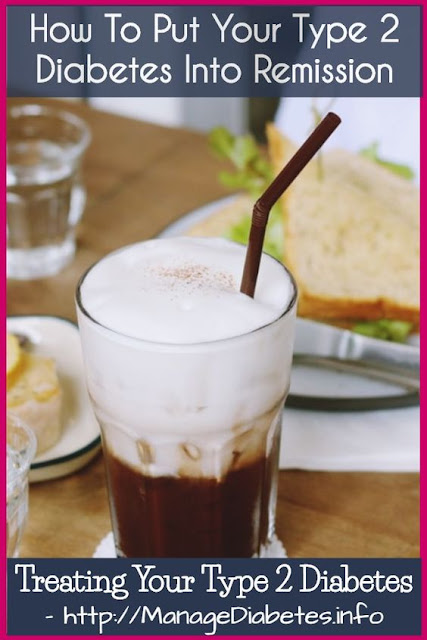how to treat diabetic ketoacidosis at home Dka ketoacidosis pharmacology mnemonics medicalestudy pneumonics fluid
Emergency nursing is an essential field in healthcare. It requires specialized skills and knowledge to provide immediate care to patients in critical situations. One crucial aspect of emergency nursing is recognizing and managing conditions such as diabetic ketoacidosis (DKA), a life-threatening complication of diabetes.
Diabetic Ketoacidosis: A Serious Condition
Diabetic ketoacidosis occurs when the body doesn’t have enough insulin to break down glucose for energy. As a result, the body starts breaking down fat for fuel, leading to the production of ketones. The presence of ketones in the blood can cause the blood to become acidic, leading to a potentially life-threatening situation.
Recognizing the signs and symptoms of DKA is vital for early intervention. Common symptoms include frequent urination, extreme thirst, abdominal pain, nausea, vomiting, fruity-smelling breath, confusion, and fatigue. Any individual with diabetes experiencing these symptoms should seek immediate medical attention.
Treating Diabetic Ketoacidosis at Home
While DKA is a medical emergency that usually requires hospitalization, it’s important to understand how to manage it at home in case hospital care is not immediately accessible.

Step-by-Step Guide on Treating DKA at Home
1. Drink Plenty of Fluids: Staying hydrated is crucial for managing DKA. Drink water or other sugar-free fluids to prevent dehydration and help flush out ketones.
2. Monitor Blood Sugar Levels: Regularly check your blood sugar levels using a glucometer. If your levels are consistently high or above a level established with your healthcare provider, seek medical attention.
3. Take Insulin as Prescribed: If you use insulin, it’s essential to take it as prescribed by your healthcare provider. Continue taking your long-acting insulin, even if you are not eating. Contact your healthcare provider for specific instructions on adjusting your insulin doses.
4. Seek Medical Attention: If your symptoms worsen, you experience severe abdominal pain, vomiting persists, or your blood sugar levels remain high despite efforts to manage them, seek immediate medical attention. DKA requires intravenous fluids and insulin treatment, which can only be provided in a healthcare facility.

The Role of Emergency Nursing
Emergency nurses play a crucial role in managing patients with DKA. They are trained to recognize the signs and symptoms of this condition and take immediate action. When a patient with DKA arrives at the emergency department, nurses work alongside physicians and other healthcare professionals to stabilize the patient’s condition.
Emergency nurses assess vital signs, administer intravenous fluids and insulin, monitor blood glucose levels, and provide ongoing care and support to patients and their families. They collaborate with the healthcare team to develop an individualized treatment plan and ensure the patient’s rapid recovery.
In conclusion, understanding the signs, symptoms, and basic management of diabetic ketoacidosis is essential for individuals with diabetes. Even though DKA is a severe condition that typically requires hospitalization, being aware of how to manage it at home can be lifesaving in emergency situations. Remember, seeking immediate medical attention is crucial if symptoms worsen or if home management efforts are ineffective. Emergency nurses are there to provide expert care and support during these critical moments.
If you are looking for blood control remedies: how to treat diabetic ketoacidosis you’ve came to the right page. We have 5 Images about blood control remedies: how to treat diabetic ketoacidosis like 17361637_1795653927127041_5027796969142871996_n | Emergency nursing, Blood Sugar Solution: how to treat hypoglycemia in type 2 diabetes and also Blood Sugar Solution: how to treat hypoglycemia in type 2 diabetes. Read more:
Blood Control Remedies: How To Treat Diabetic Ketoacidosis
 bloodcontrolremedies.blogspot.comketoacidosis diabetic remedies
bloodcontrolremedies.blogspot.comketoacidosis diabetic remedies
Blood Control Remedies: How Do You Treat Diabetic Ketoacidosis At Home
 bloodcontrolremedies.blogspot.comdiabetes blood manage a1c
bloodcontrolremedies.blogspot.comdiabetes blood manage a1c
Lower Blood Sugar: How To Treat Diabetic Ketoacidosis At Home
 lowerbloodsugar12.blogspot.coma1c
lowerbloodsugar12.blogspot.coma1c
Blood Sugar Solution: How To Treat Hypoglycemia In Type 2 Diabetes
 bloodsugarsolutiontips.blogspot.comhypoglycemia
bloodsugarsolutiontips.blogspot.comhypoglycemia
17361637_1795653927127041_5027796969142871996_n | Emergency Nursing
 www.pinterest.comdka ketoacidosis pharmacology mnemonics medicalestudy pneumonics fluid
www.pinterest.comdka ketoacidosis pharmacology mnemonics medicalestudy pneumonics fluid
Blood control remedies: how do you treat diabetic ketoacidosis at home. A1c. Diabetes blood manage a1c